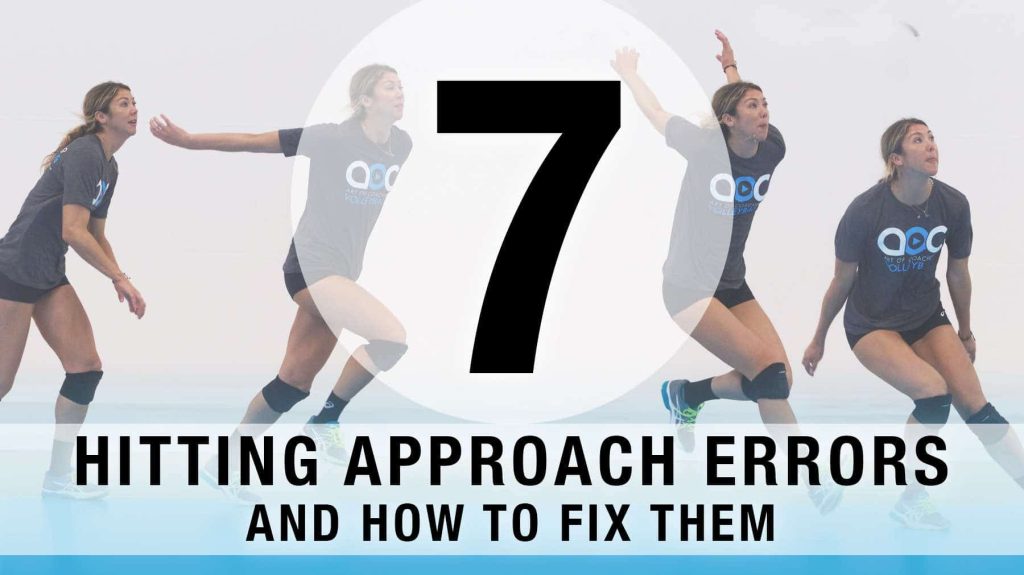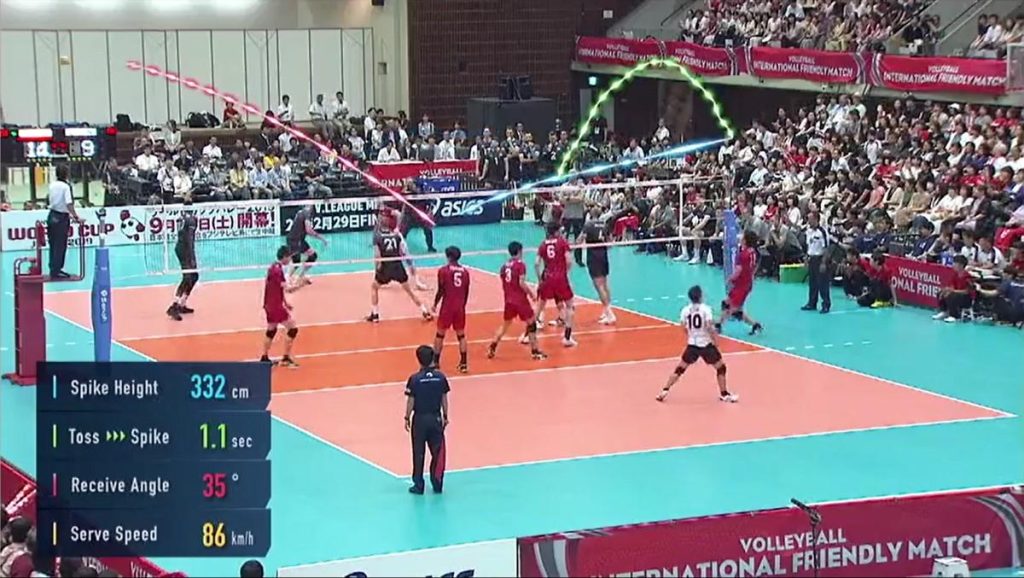In volleyball, each team gets three hits to return the ball. This rule is crucial for gameplay.
Understanding how many hits you have in volleyball is essential for strategy. Volleyball is a fast-paced sport. Knowing the rules can boost your team’s performance. Each team has three hits to send the ball back over the net. The first hit is often a pass or a dig, the second a set, and the third an attack or spike.
This sequence helps teams control the ball and plan their offense. Misunderstanding this rule can lead to mistakes and lost points. Whether you are a player or a fan, knowing the basics can enhance your appreciation of the game. Let’s dive deeper into the importance of these three hits in volleyball.
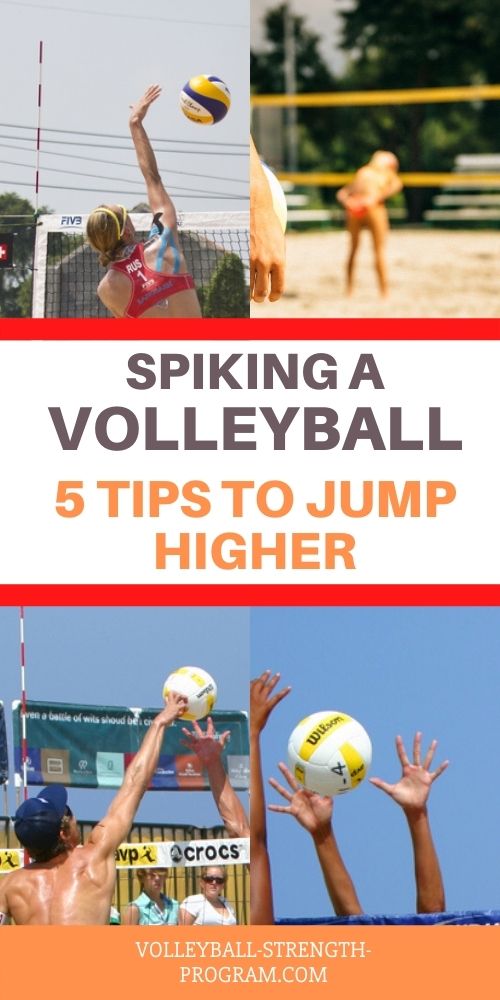
Credit: www.volleyball-strength-program.com
Introduction To Volleyball Hits
Volleyball is an exciting sport played worldwide. Understanding the different hits in volleyball is key to improving your game. Each hit has a specific purpose and technique. Let’s explore the basics of volleyball hits.
Basic Rules
In volleyball, each team can hit the ball up to three times. The aim is to send the ball over the net. The same player cannot hit the ball twice in a row. Hitting the ball correctly helps maintain control.
Importance Of Hits
Every hit in volleyball serves a strategic purpose. The first hit is often a pass to a teammate. The second hit is usually a set to prepare for an attack. The third hit is typically an offensive attack to score points. Mastering these hits can improve team performance.
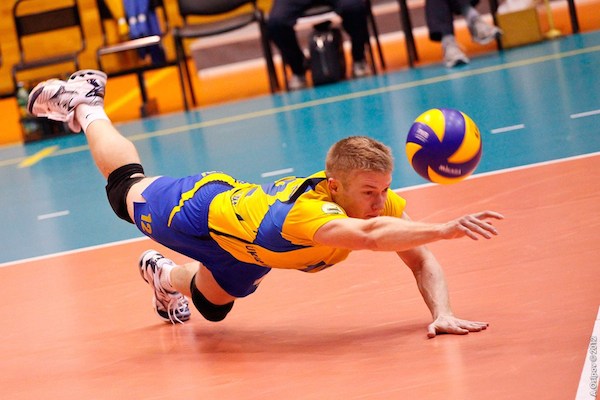
Credit: dearsportsfan.com
Different Types Of Hits
Volleyball is a thrilling sport that requires teamwork, skill, and strategy. Each player must know different types of hits to play effectively. Every hit has its purpose and technique. Understanding these hits is essential to excel in the game.
Serve
The serve is the first hit to start a rally. It involves hitting the ball over the net to the opponent’s side. Players use different types of serves, such as underhand, overhand, and jump serve. The goal is to make it hard for the opponents to return the ball.
Pass
The pass, also known as a bump, is the first contact after the serve. Players use their forearms to hit the ball to a teammate. The pass must be accurate to set up the next play. It is a crucial skill for maintaining control of the ball.
Set
The set is the second hit in a typical play. It involves using the fingertips to push the ball up into the air. The goal is to place the ball perfectly for an attack. A good set is high and close to the net for the attacker to hit.
Attack
The attack, or spike, is an aggressive move to score points. Players jump and hit the ball forcefully over the net. The aim is to make it hard for the opponents to defend. Timing and power are crucial for a successful attack.
Block
The block is a defensive move to stop the opponent’s attack. Players jump near the net to deflect the ball back to the opponent’s side. It requires good timing and teamwork. A well-timed block can turn the game around.
Dig
The dig is a defensive skill to prevent the ball from hitting the ground. Players use their forearms or hands to save the ball from a powerful attack. The dig requires quick reflexes and agility. It helps keep the rally going and gives the team a chance to score.
Serving Techniques
Serving in volleyball is crucial. It sets the tone for the play. Different serving techniques can give an edge to your team. Let’s explore three popular serving styles.
Underhand Serve
The underhand serve is ideal for beginners. It involves swinging your arm underhand. Stand with your non-dominant foot forward. Hold the ball in your non-dominant hand. Swing your dominant hand under the ball. Make contact with the heel of your hand. Follow through by pointing your fingers towards the target.
Overhand Serve
The overhand serve is more advanced. It gives more power and control. Start with your feet shoulder-width apart. Toss the ball with your non-dominant hand. Use your dominant hand to strike the ball. Aim to hit the ball with the heel of your hand. Follow through with your arm extended forward.
Jump Serve
The jump serve is the most powerful. It requires good timing and strength. Start with a few steps behind the serving line. Toss the ball high in the air. Jump and hit the ball at its peak. Use your entire body to generate power. This serve can be difficult to master. But it can be very effective.
Passing Skills
Passing is essential in volleyball. It sets up the attack and keeps the ball in play. Good passing skills help your team score points. There are two main types of passes: the forearm pass and the overhead pass. Each has its technique and purpose. Let’s break them down.
Forearm Pass
The forearm pass, also known as a bump, is common. Players use their forearms to hit the ball. This pass is ideal for receiving serves and hard hits. It requires proper stance and positioning.
- Stance: Feet shoulder-width apart.
- Position: Knees slightly bent.
- Contact: Ball should hit both forearms evenly.
To perfect the forearm pass, practice is key. Always keep your eyes on the ball. Make sure your arms are straight and together. This ensures a smooth, controlled pass.
Overhead Pass
The overhead pass, or set, is used to set up an attack. This pass uses the hands, not the forearms. It’s more accurate but requires good hand-eye coordination.
- Position: Stand with feet shoulder-width apart.
- Hands: Form a triangle with your thumbs and index fingers.
- Contact: Use your fingertips to direct the ball.
To execute an overhead pass, push through with your fingers. Your wrists should be flexible. This helps control the direction and speed of the ball.
Remember, the overhead pass sets up your teammates for a spike or hit. It needs to be precise. Practice with a partner to improve your accuracy and timing.
Setting Strategies
Setting strategies in volleyball are crucial for a successful game. A good set can make the difference between scoring a point and losing one. It involves precise hand positioning, proper footwork, and aiming for the right target areas. Each element plays a vital role in setting up a perfect hit.
Hand Positioning
Hand positioning is essential for an accurate set. Keep your hands above your forehead. Form a triangle shape with your thumbs and index fingers. This helps in guiding the ball better. Your fingers should be firm but relaxed. This gives you better control over the ball. Practice this positioning to make it second nature.
Footwork
Footwork affects your balance and reach. Always stay on your toes. This keeps you ready to move quickly. Position your feet shoulder-width apart. This gives you stability. Step forward with your dominant foot while setting. This helps in directing the ball accurately.
Target Areas
Target areas are where you want the ball to go. Aim for a spot close to the net. This makes it easier for your hitter to spike. Communicate with your hitter about their preferred spot. This improves your team’s coordination. Always keep an eye on the blockers. This helps you choose the best target area.
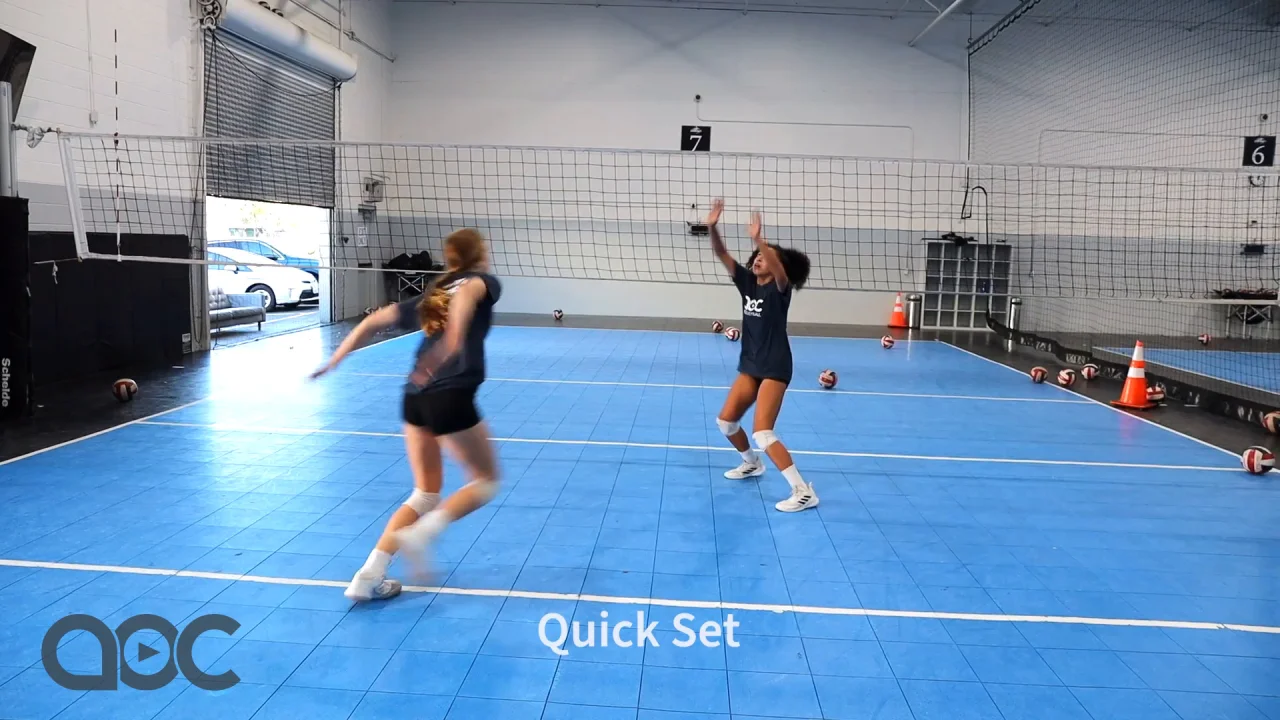
Credit: www.theartofcoachingvolleyball.com
Effective Attacking
Effective attacking in volleyball is crucial for scoring points. Different types of hits can change the game. Let’s look at the main types of attacks.
Spike
A spike is a strong and powerful hit. Players jump high and hit the ball with force. Spiking needs good timing and strength. It is the most common attacking move in volleyball. A well-placed spike is hard to defend.
Tip
A tip is a soft and gentle hit. It is often used to confuse the defenders. Instead of hitting the ball hard, players lightly touch it. The ball falls softly on the other side. Tipping needs precision and quick thinking. It is useful when the defense expects a spike.
Roll Shot
A roll shot is a controlled hit. The ball rolls over the net with spin. It is slower than a spike but more accurate. The roll shot targets open spaces on the court. It requires good placement and finesse. This shot can catch the defense off guard.
Blocking Methods
Blocking in volleyball is crucial for defense. It prevents opponents from scoring and shifts the game momentum. There are different blocking methods, each suited for specific situations. Understanding these methods can improve your game strategy.
Single Block
A single block involves one player jumping to block the ball. This method is useful when the attacker is isolated. The blocker must have good timing and positioning. A single block can be effective against quick attacks.
Double Block
A double block involves two players jumping together to block the ball. This method offers more coverage and is harder for the attacker to get past. Communication is key here. Both blockers must time their jumps and positions well. Double blocks are common against strong hitters.
Triple Block
A triple block involves three players jumping to block the ball. This method provides maximum coverage and is very tough for the attacker. Triple blocks are used against the strongest attackers. Coordination and timing among all three blockers are crucial. Though rare, this method can be a game-changer.
Digging Techniques
Digging is a key defensive skill in volleyball. It helps you keep the ball in play. Mastering digging techniques can improve your game. This section will cover the basics of digging, focusing on three main aspects: ready position, body movement, and ball control.
Ready Position
The ready position is crucial for effective digging. Stand with your feet shoulder-width apart. Keep your knees slightly bent. Your weight should be on the balls of your feet. This stance helps you move quickly in any direction. Your arms should be extended forward, hands together, and fingers interlocked. This position prepares you to react to any shot.
Body Movement
Body movement is essential to get under the ball quickly. Always move with small, quick steps. Keep your upper body low. This helps maintain balance and control. Position yourself behind the ball. Bend your knees and lower your body. Avoid bending at the waist. This keeps your back straight. It also reduces the risk of injury.
Ball Control
Good ball control is vital for successful digs. Use your forearms to contact the ball. Keep your arms straight and together. Aim to have the ball hit the flat surface of your forearms. This provides a larger contact area. Adjust the angle of your arms to direct the ball. Keep your eyes on the ball at all times. This helps you track its speed and direction.
| Aspect | Key Points |
|---|---|
| Ready Position | Feet shoulder-width apart, knees bent, weight forward, arms extended. |
| Body Movement | Quick steps, stay low, move behind the ball, bend knees. |
| Ball Control | Use forearms, keep arms straight, adjust arm angle, eyes on ball. |
By practicing these digging techniques, you can improve your defensive game. Stay in the ready position. Move your body efficiently. Control the ball with precision. These skills will help you make successful digs and keep the ball in play.
Training Drills
Training drills are vital for improving your volleyball skills. They help you practice hitting, improve coordination, and build team synergy. Consistent practice can make you a more effective player. Here are some effective drills to enhance your game.
Individual Drills
Individual drills focus on personal skills. They help you become better at hitting the volleyball. Wall hitting is a great solo drill. Stand a few feet from a wall. Hit the ball against it. Try to keep the ball in play as long as possible. This improves your control and accuracy.
Another useful drill is the self-toss and hit. Toss the ball in the air. Then, hit it with your dominant hand. Practice this drill to improve your timing and power. It is simple yet effective. You can do it anywhere with enough space.
Team Drills
Team drills are essential for building teamwork. They also improve communication on the court. One popular drill is the pepper drill. In this drill, two players pass, set, and hit the ball back and forth. It enhances coordination and teamwork.
Another team drill is the six-on-six scrimmage. This drill mimics a real game. Teams play against each other. It helps players practice their hits in a game-like environment. It also builds team chemistry.
Common Mistakes And How To Avoid Them
In volleyball, hitting the ball correctly is crucial. Many players make common mistakes that can affect their game. Understanding these mistakes and knowing how to avoid them will improve your skills.
Hitting Errors
One common mistake is improper hand positioning. Keep your hand open and firm. Avoid hitting with a closed fist or fingers spread too wide. Another error is not following through with your swing. Always complete your motion to ensure better control and power. Also, timing is essential. Hit the ball at the highest point to maximize your reach and strength.
Positioning Mistakes
Incorrect body positioning can lead to missed hits. Stand with your feet shoulder-width apart. Bend your knees slightly for better balance. Position yourself facing the net with your shoulders aligned. This helps in maintaining stability and direction. Another mistake is not moving quickly to get under the ball. Always be ready to adjust your position. Anticipate where the ball will land and move swiftly.
Frequently Asked Questions
How Many Hits Are Allowed In Volleyball?
In volleyball, each team is allowed a maximum of three hits before the ball must be sent over the net.
What Happens After Three Hits In Volleyball?
After three hits, the ball must be sent over the net. If not, the opposing team scores a point.
Can You Block And Hit In Volleyball?
Yes, blocking does not count as a hit. After a block, the team still has three hits left.
Is A Serve Considered A Hit In Volleyball?
No, a serve is not considered one of the three hits. It’s the initial action to start a rally.
Conclusion
Understanding the number of hits in volleyball is crucial. Teams can hit the ball three times. Each hit has a purpose. Use these hits wisely to control the game. Knowing this can improve your volleyball skills. Practice makes perfect. Keep playing and learning.
The game becomes more enjoyable. Volleyball strategies are simple yet effective. Focus on teamwork. Communication is key. Enjoy every moment on the court. Stay active and have fun.

